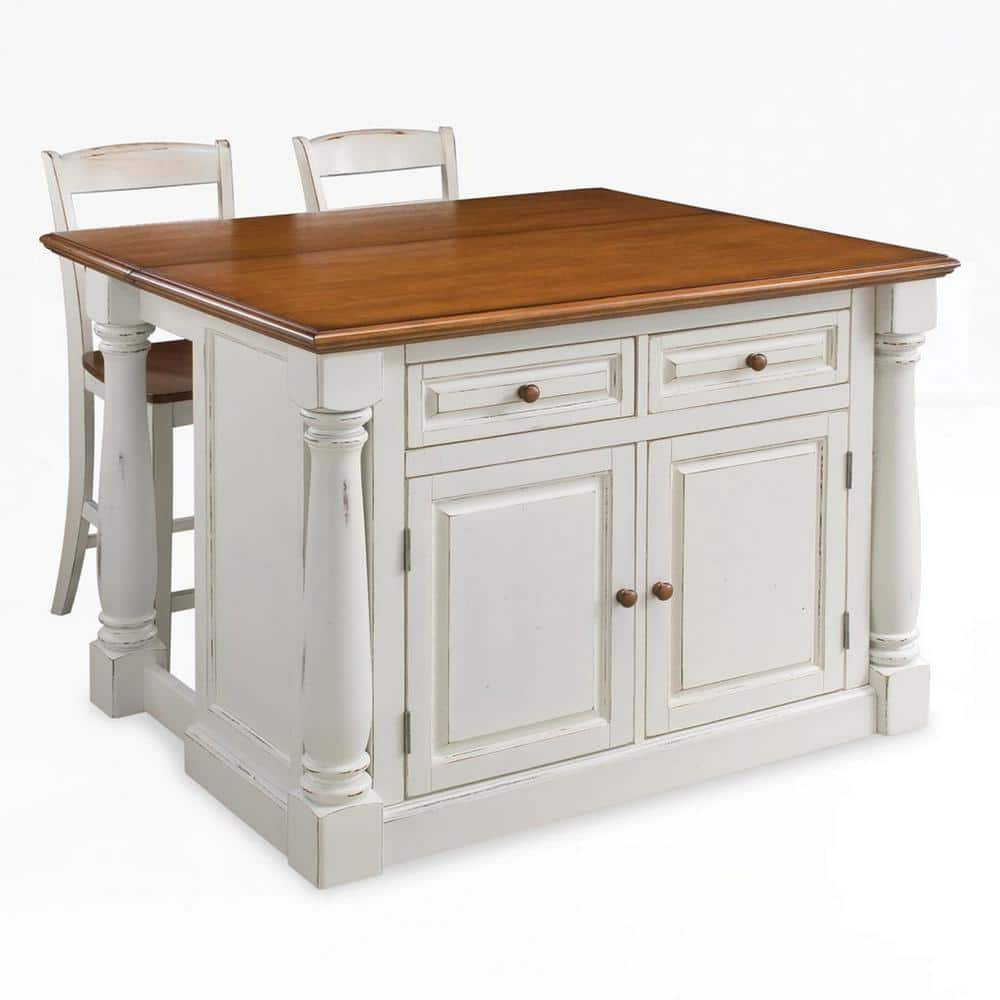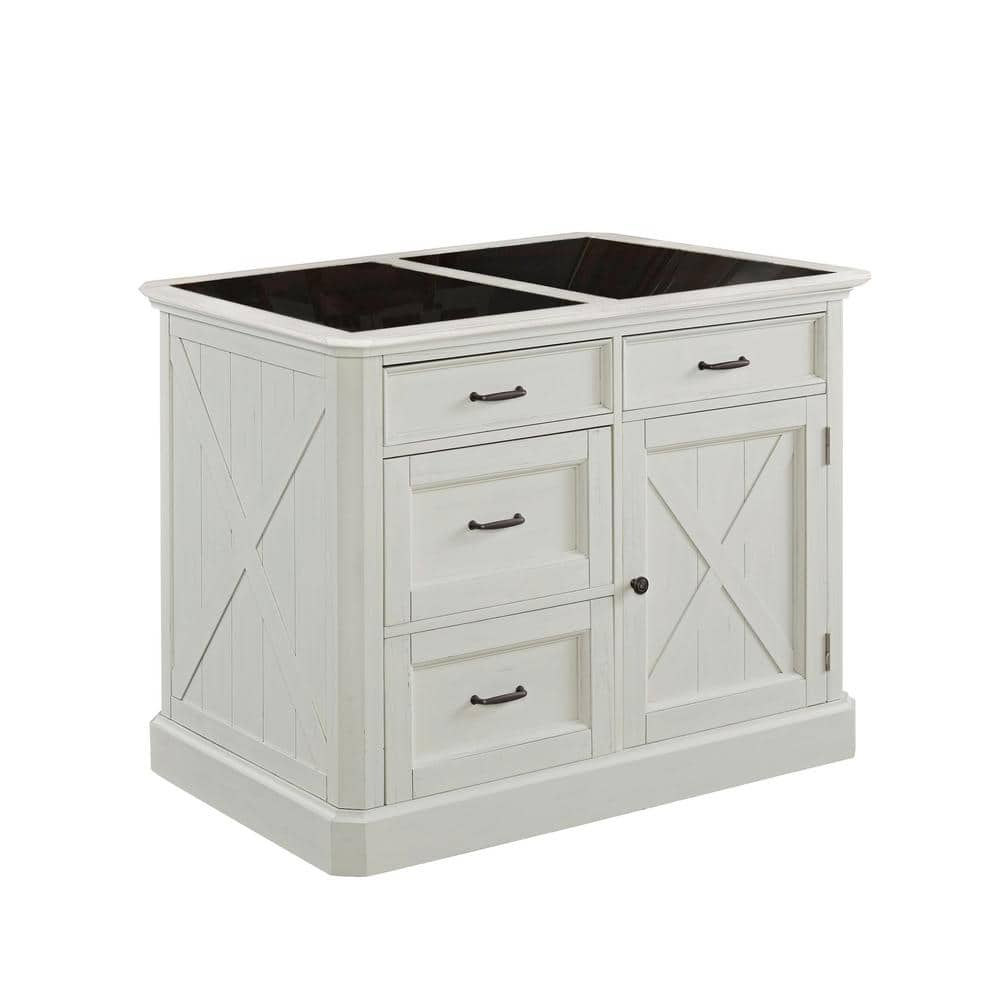Jarvis Bamboo Standing Desk – The #1 Rated Desk
A popular favourite among our craft- and earth-conscious customers. Customise your workspace with our beautiful, eco-friendly bamboo on our award-winning Jarvis frame.
Best stand up desk on—and for—the planet.
Jarvis Bamboo is the perfect adjustable height desk for both environmentally and aesthetically conscious standing desk users.
For the desktop we use sustainable bamboo grown without pesticides or fertilizers, and finish it with our super tough UV-cured, water-based polyurethane coating. The desk’s frame is one of many reasons Jarvis has been named best standing desk by The Wirecutter five years in a row. It has an industry-leading lifting capacity of 158 kg, and its LED programmable handset lets you quickly adjust from low enough for a child to sit to high enough for a 2 m tall person to stand.
Jarvis bamboo is available in two shapes, seven sizes, and a selection of accessories to build out your active workspace.
Interested in other eco-conscious options?
Additional information
| Warranty | – 10 year warranty on all desk frame components, mechanical parts, motors, and electrical components |
|---|---|
| Details and dimensions | – Rectangle and contour tops are available in 120, 160 and 180 cm x 80 cm. |
| Materials | – Made from sustainably grown and harvested bamboo, specifically the Moso (Mao Zhu) variety |







by Niall
Nick turned my experience around, from 3-star to 5-star – from the missing screws, to the defective drawer runner felt, and the general minor inconveniences. Fully were able to offer me options of partial refund/compensation or replacement parts, as well as a sweetener discount on some products. Nick apologised for some communicat…Read More
by Molly
I adore my new Jarvis desk, it’s beautiful and quiet and feels so good to sit at. But somehow, even better than the desk itself have been the people at Fully. I can’t believe how sweet and kind Laura and Matthew and Claire were when I needed help. Matthew even walked me through the assembly process to make sure it all went smoothly. I anticipate years of joy with this desk, and I also feel like the member of the world’s nicest club now.
by Lorie
I’ve been using my new desk for about a month or two. I absolutely LOVE it in so many ways:
– The one-touch saved height adjustments (easy to switch between sitting and standing)
– The ultra-high max height. This allows me to easily fiddle with things behind the desk, like display connections, etc. Instead of inching my way behind the desk from the side (I have the 5′ desk), I can raise the desk to its max height, then go underneath it to get to the middle-back.
I also highly recommend getting the rubber Topo mat. It makes standing a lot more interesting, and allows you to get a little foot/leg stretching in while you work. My feet have very high arches, and the raised ares of the mat have just the right balance between being soft enough and yet having good pressure relief.
I fervently hope the desk performs well long-term as this has become an essential part of my work-at-home life
by Jason
I am very happy with the result and the curved bamboo top.
I upgraded from an ikea hand cranked desk and I can see the difference in terms of quality, stability and design. I recommend it.